Introduction
Switchable glass technology, also known as smart glass or switchable smart glass, is a revolutionary development in the field of glass manufacturing. It enables the transformation of glass from transparent to opaque, providing privacy, control over sunlight, and energy efficiency. This blog explores the working principle, applications, advantages, limitations, and future trends of switchable glass technology.
What is Switchable Glass Technology?
Switchable glass technology refers to the ability of glass to alter its light transmission properties on command. By applying an electrical current or voltage, the glass can switch between transparent and opaque states. This innovative solution offers a versatile and dynamic alternative to traditional glass, opening up new possibilities for architectural, automotive, and various other applications.
Switchable glass has gained significant attention in recent years due to its ability to enhance energy efficiency, improve comfort, and provide privacy when needed. Its development has been driven by advancements in material science and the demand for sustainable and intelligent building solutions.
How Switchable Glass Works
Switchable glass operates based on various underlying technologies, including electrochromic glass, suspended particle device (SPD) glass, and polymer dispersed liquid crystal (PDLC) glass.
Electrochromic Glass
Electrochromic glass is composed of multiple layers of materials, including conductive coatings, electrochromic layers, and ion conductive layers. When an electrical voltage is applied, ions migrate within the glass, causing a change in the material’s colour and light transmission. This electrochromic effect allows the glass to switch between different levels of transparency, ranging from clear to various shades of tint.
Suspended Particle Device (SPD) Glass
SPD glass consists of a thin film containing tiny suspended particles dispersed in a liquid matrix. When an electric current is applied, the particles align themselves to control the amount of light passing through the glass. By adjusting the voltage, the glass can switch between transparent and opaque states.
Polymer Dispersed Liquid Crystal (PDLC) Glass
PDLC glass incorporates liquid crystal droplets dispersed within a polymer matrix. In its natural state, the liquid crystal droplets are randomly oriented, scattering light and making the glass opaque. However, when an electric current is applied, the liquid crystal droplets align with the electric field, allowing light to pass through the glass and rendering it transparent.
Applications of Switchable Glass
Switchable glass technology has found numerous applications across various industries. The following are some key areas where switchable glass is being utilised:
Architectural Applications
Switchable glass is widely employed in architectural projects for creating dynamic and adaptive spaces. It allows architects to control the amount of sunlight entering a building, providing occupants with comfortable lighting conditions while minimising glare and heat gain. Switchable glass can be integrated into windows, skylights, partitions, and glass facades, enabling energy-efficient and sustainable design solutions.
Smart Windows and Facades
Switchable glass enables the creation of smart windows and facades that can automatically adjust their tint based on external factors such as sunlight intensity and temperature. This technology reduces the need for blinds or curtains and allows for optimal natural lighting, reducing energy consumption and enhancing occupant comfort.
Privacy and Security Applications
Switchable glass provides instant privacy control for both residential and commercial spaces. With a simple flick of a switch or a press of a button, the glass can switch from transparent to opaque, ensuring privacy when needed. This feature is particularly beneficial in conference rooms, healthcare facilities, and residential bathrooms.
Automotive Applications
Switchable glass is increasingly being utilised in the automotive industry to enhance the driving experience and increase passenger comfort. It can be used in sunroofs, windows, and rear-view mirrors, allowing occupants to adjust the level of tinting and reduce glare from sunlight. Switchable glass also contributes to improved energy efficiency by reducing the load on air conditioning systems.
Healthcare and Medical Applications
In healthcare settings, switchable glass is used to create privacy partitions and privacy windows in patient rooms, operating theatres, and clinics. It allows medical professionals to maintain visual contact while providing patients with privacy during examinations or procedures. Switchable glass also reduces the need for curtains or blinds, creating a more hygienic environment.
Advantages of Switchable Glass
Switchable glass technology offers several advantages over traditional glass and other shading solutions:
Energy Efficiency and Sustainability
Switchable glass helps reduce the reliance on artificial lighting and mechanical cooling systems, thereby lowering energy consumption. By controlling the amount of sunlight entering a building, it reduces heat gain during hot seasons and minimizes the need for air conditioning. This energy-saving characteristic contributes to sustainability efforts and reduces operating costs.
Improved Comfort and Privacy
Switchable glass provides occupants with control over their environment, allowing them to adjust the level of transparency or opacity according to their preferences. It helps create comfortable lighting conditions, reduces glare, and protects against harmful UV rays. Additionally, it offers instant privacy when required, eliminating the need for curtains or blinds.
Enhanced Aesthetics and Design Flexibility
Switchable glass enables architects and designers to create visually appealing spaces that can be adapted to different functions and occasions. Its ability to switch between transparent and opaque states provides opportunities for dynamic facades, innovative interior designs, and creative room configurations. This versatility enhances the overall aesthetics and functionality of buildings.
Noise Reduction and UV Protection
Switchable glass has sound-dampening properties, which can help reduce noise pollution from outside sources. By controlling the level of light transmission, it also provides effective UV protection, preventing furniture, artwork, and other interior elements from fading or deteriorating over time.
Limitations and Challenges
While switchable glass technology offers numerous benefits, there are certain limitations and challenges to consider:
Cost Considerations
Switchable glass tends to be more expensive than conventional glass due to the specialised materials and manufacturing processes involved. The initial investment cost can be a significant factor in the decision-making process, especially for large-scale projects. However, as the technology continues to advance and gain wider adoption, it is expected that prices will gradually decrease.
Transition Speed and Response Time
The speed at which switchable glass transitions from transparent to opaque, or vice versa, can vary depending on the technology and the size of the glass panels. In some cases, the transition may take a few seconds, which might not be instantaneous enough for certain applications or user preferences. Continued research and development aim to improve the response time of switchable glass.
Maintenance and Durability
Switchable glass requires regular maintenance to ensure its proper functioning. The electrical components and control systems need to be inspected and serviced periodically. Additionally, the durability of switchable glass can be a concern, especially in high-traffic areas or environments with harsh weather conditions. It is important to select high-quality products and consider the expected lifespan of the glass.
Environmental Impact
The production and disposal of switchable glass can have environmental implications. The manufacturing process often involves energy-intensive procedures and the use of certain chemicals. However, the energy-saving potential of switchable glass over its lifetime can help offset its initial environmental impact. It is crucial for manufacturers and suppliers to prioritise sustainable practices and explore eco-friendly alternatives.
Future Trends and Innovations
Switchable glass technology continues to evolve, driven by ongoing research and development efforts. Some future trends and innovations in this field include:
Advances in Switchable Glass Technology
Researchers are constantly exploring new materials, manufacturing techniques, and control systems to improve the performance and cost-effectiveness of switchable glass. Innovations in nanotechnology, electrochromic materials, and smart glass coatings hold promising potential for enhanced functionality and increased adoption.
Integration with Internet of Things (IoT)
Switchable glass can be integrated with IoT systems, allowing for seamless automation and control. By connecting switchable glass to sensors, occupancy detectors, and smart home devices, users can program the glass to respond to specific conditions or commands. This integration enhances convenience, energy efficiency, and user experience.
Potential Applications in Augmented Reality (AR) and Virtual Reality (VR)
Switchable glass technology has the potential to play a role in augmented reality and virtual reality experiences. By switching between transparent and opaque states, switchable glass can create privacy zones or immersive environments for AR and VR applications. This opens up possibilities for interactive displays, privacy screens, and immersive gaming experiences.
Market Growth and Adoption
As the benefits of switchable glass become more widely recognised, the market for this technology is expected to grow significantly. The increasing demand for energy-efficient and sustainable building solutions, coupled with advancements in manufacturing processes, is likely to drive the adoption of switchable glass across various industries and applications.
In conclusion, switchable glass technology represents a significant advancement in the field of glass manufacturing, providing versatile and dynamic solutions for architectural, automotive, and other applications. With the ability to switch between transparent and opaque states, switchable glass offers enhanced energy efficiency, improved comfort, privacy control, and aesthetic flexibility. While there are certain limitations and challenges associated with switchable glass, ongoing innovations and market growth indicate a promising future for this technology.
Who We Are
Tecdur is the leading manufacturer of smart glass for the UK and Ireland. Tecdur Switchable Glass provides the best clarity, lowest power consumption and lowest haze currently available. We can offer a wide range of specifications to meet project requirements with our switchable glass, cost is dependent on specification, application and design. Please get in contact with us to discuss further.
Please visit our portfolio for a look at completed projects. Keep up to date on our LinkedIn Showcase page
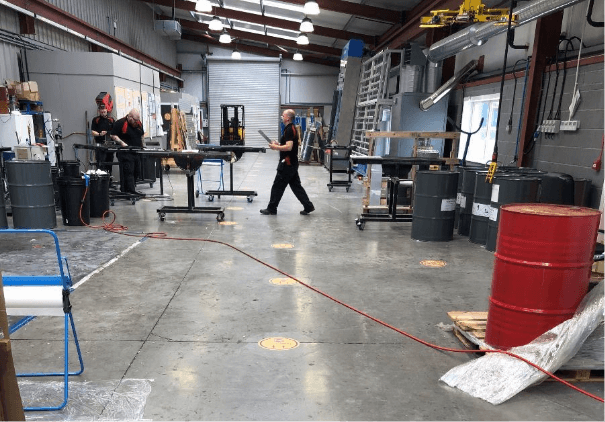
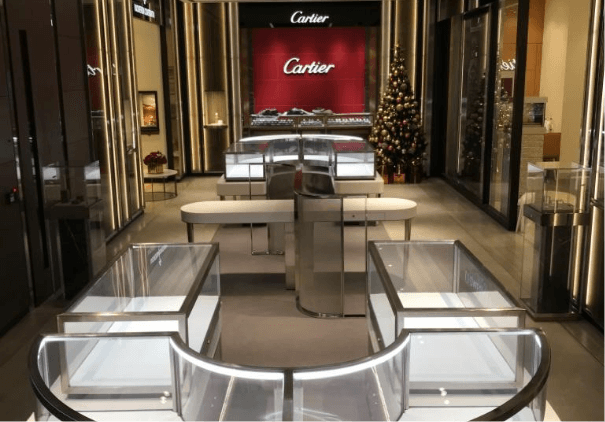
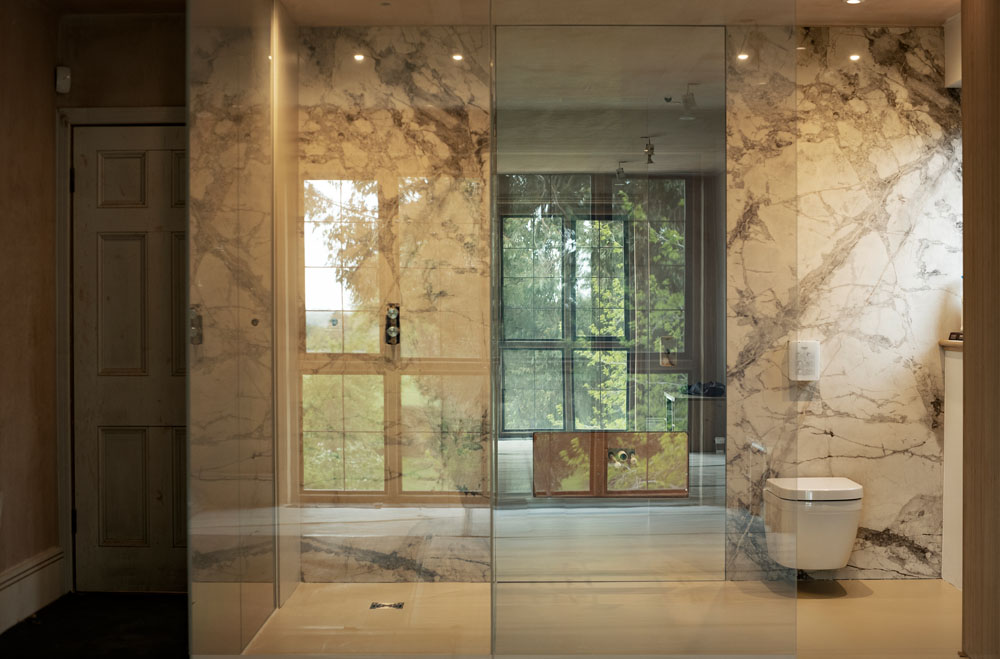
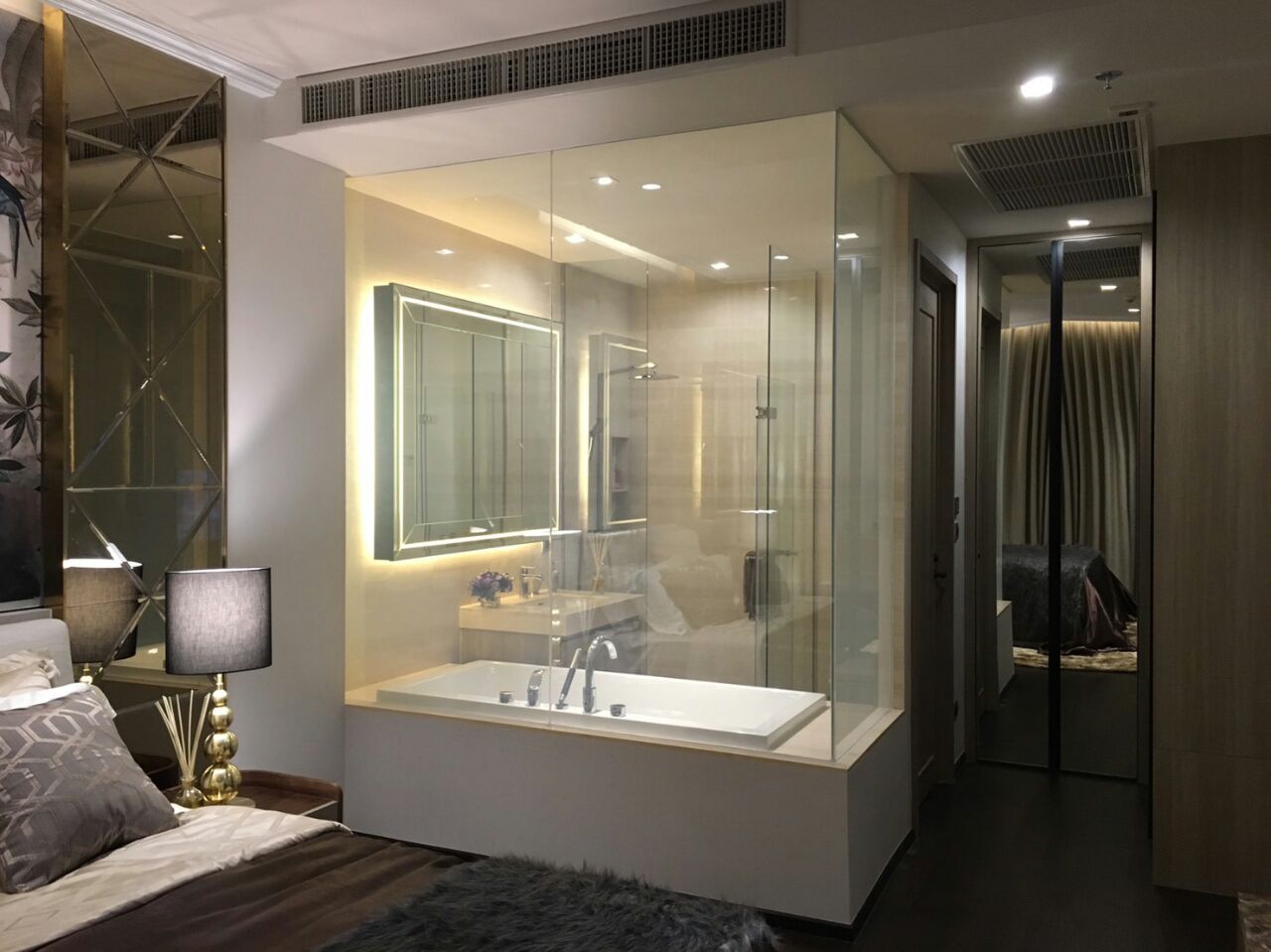
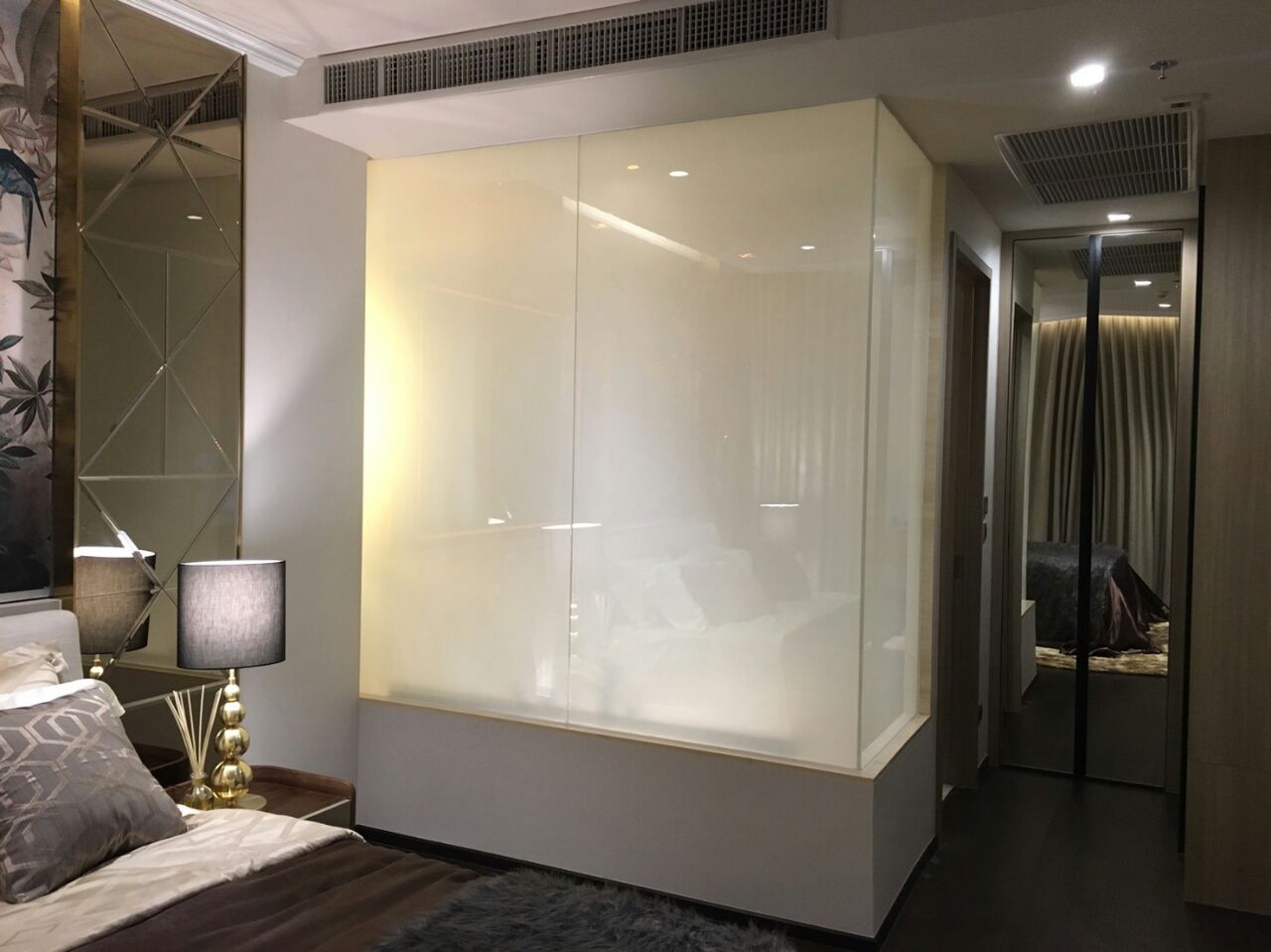
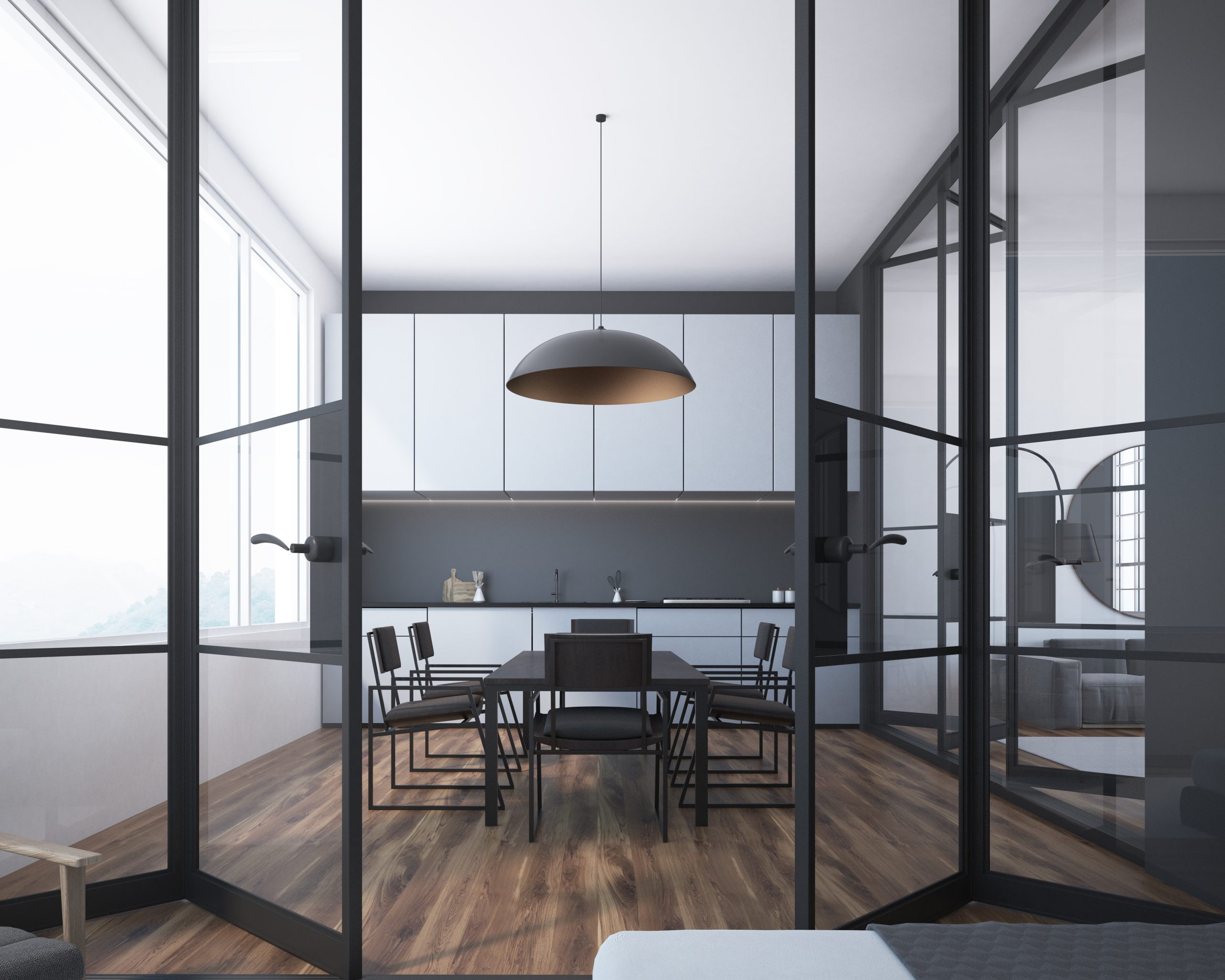
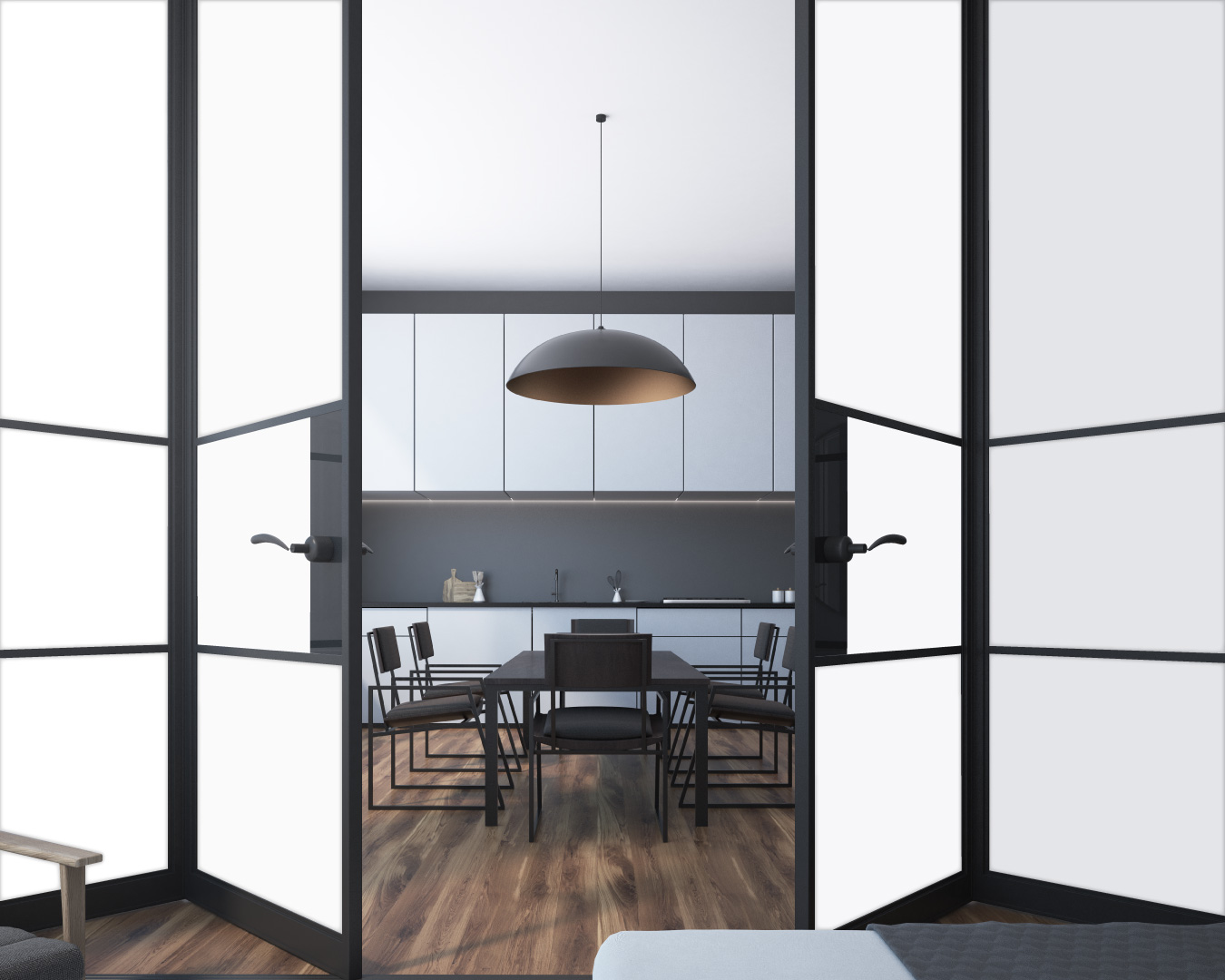
Frequently asked Questions
Our privacy glass works by utilising advanced PDLC (Polymer Dispersed Liquid Crystal) film. When an electrical current is applied, the liquid crystal molecules align, allowing light to pass through, making the glass transparent. When the current is switched off, the molecules mis-align, causing the glass to turn opaque or translucent, providing privacy.
Electrochromic glass changes its light transmission properties by migrating ions within the glass, while PDLC glass utilises liquid crystal droplets that align with an electric field to control light transmission.
Yes, switchable glass can be retrofitted into existing windows and structures, providing an upgrade to conventional glass without requiring major structural changes.
The transition speed of switchable glass can vary depending on the technology and size of the glass panels. It typically takes a few seconds for the glass to switch from transparent to opaque.
Yes, switchable glass can be integrated with automation and smart home systems, allowing for remote control, scheduling, and integration with other IoT devices.




